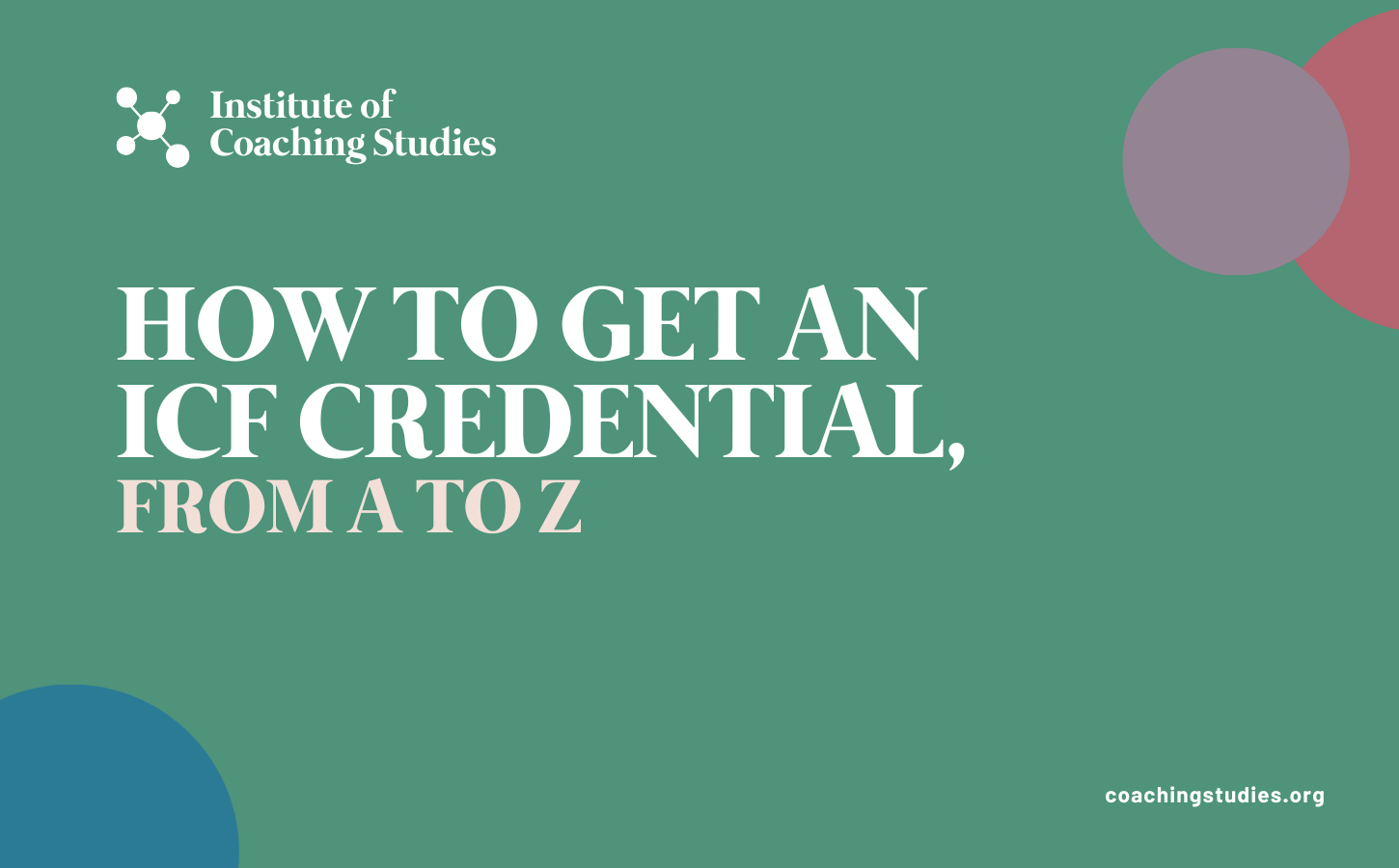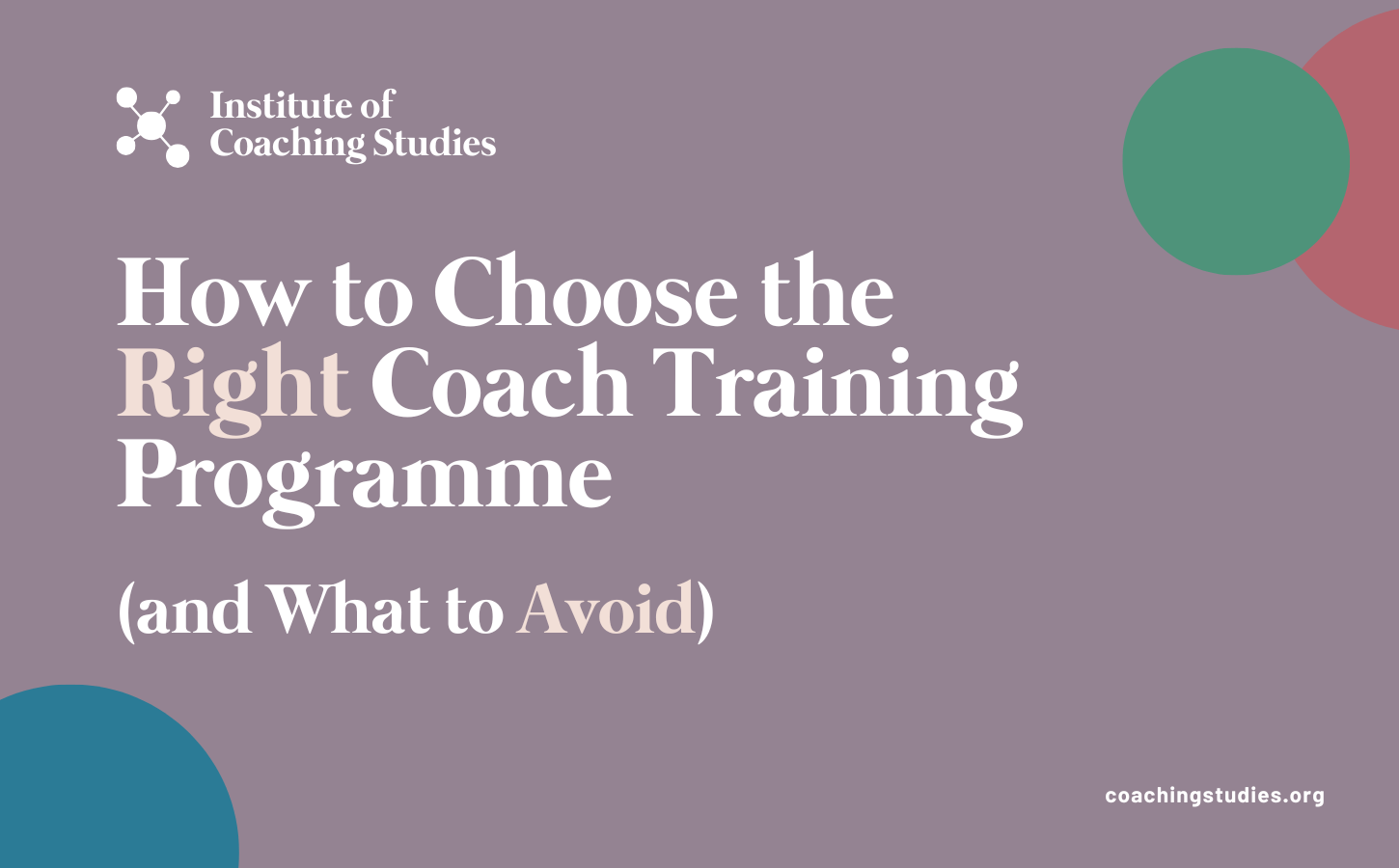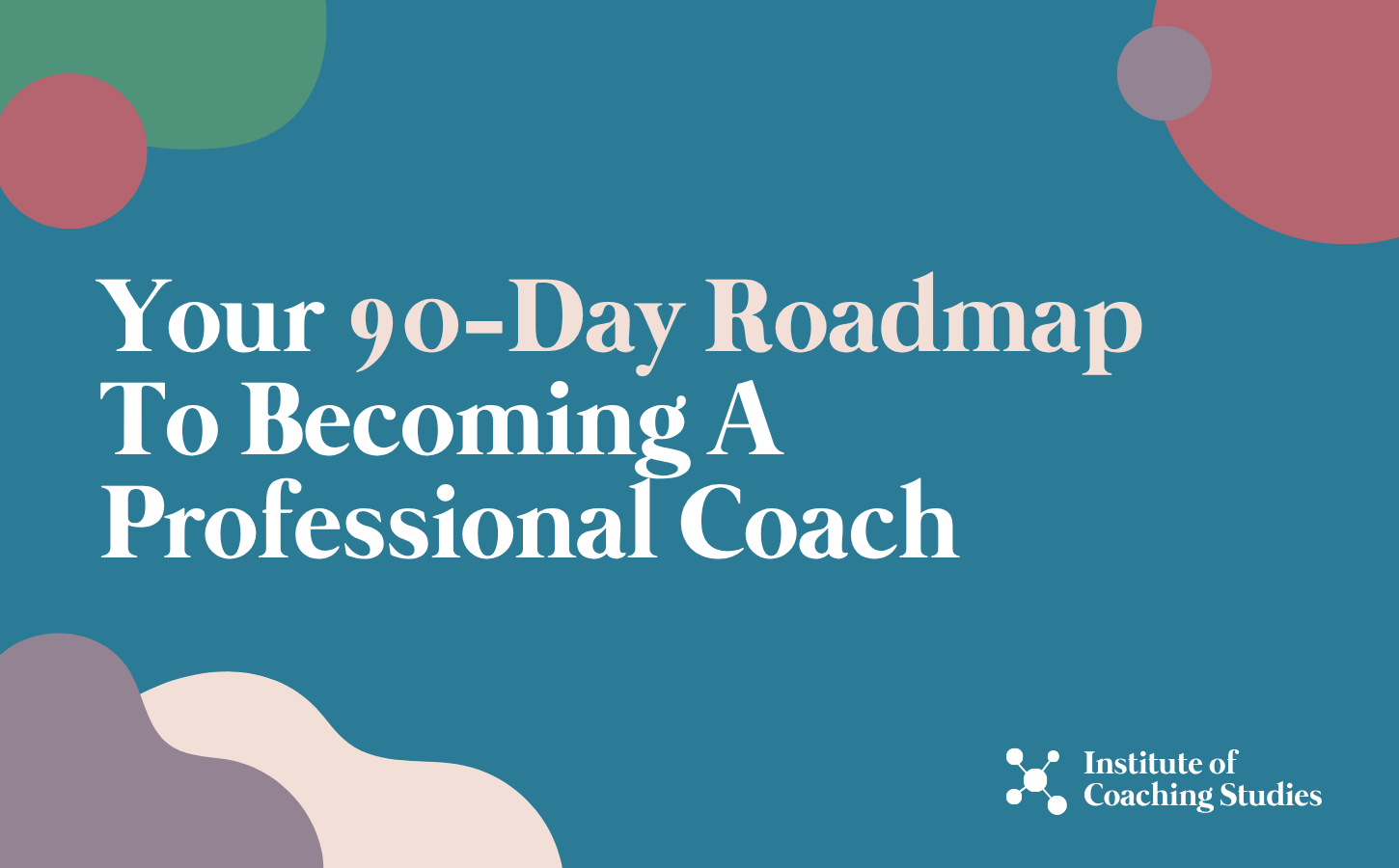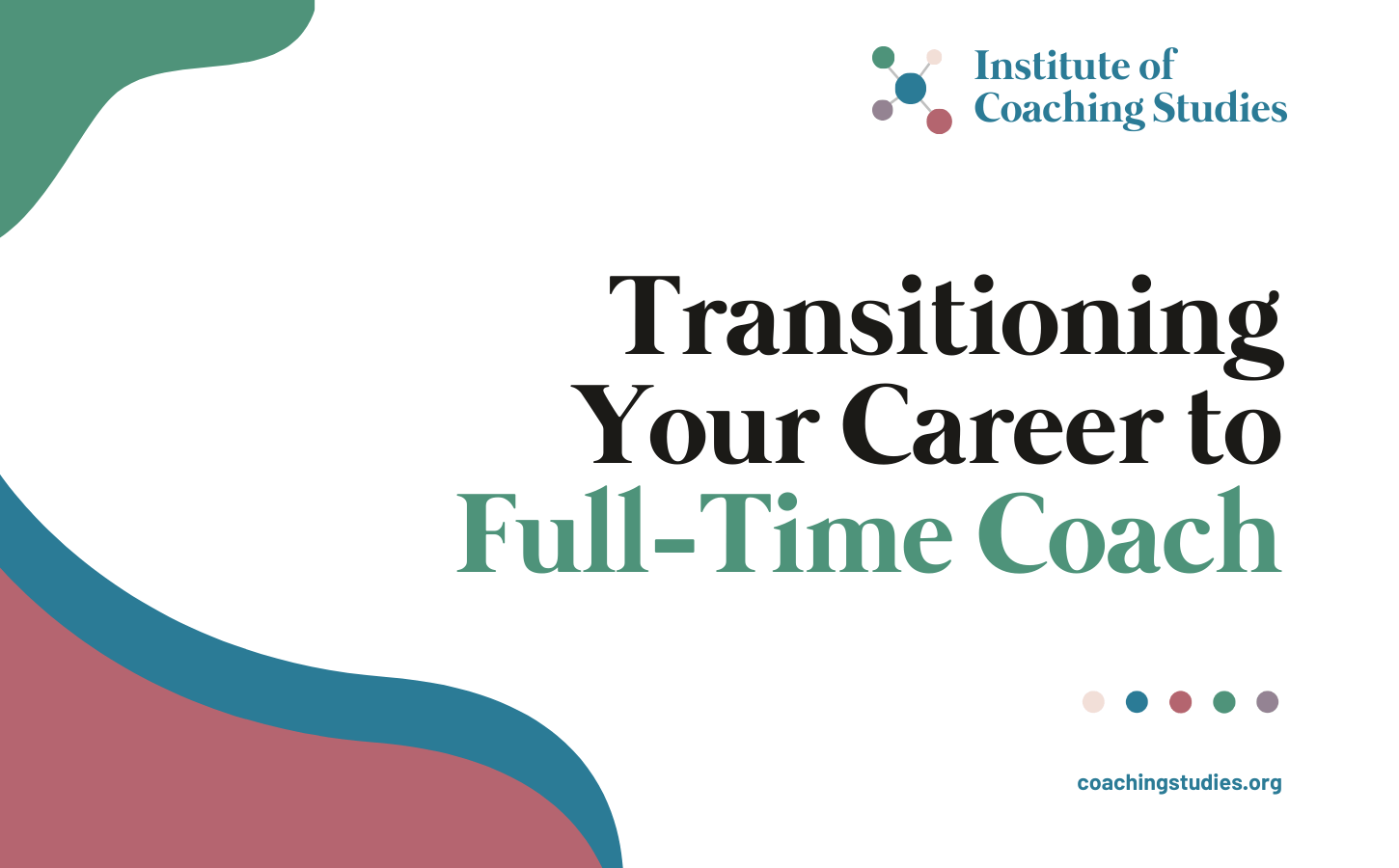Over the years we have been lucky to support new coaches to become great at this art of supporting others. We have also mentored experienced, qualified coaches who are preparing for the ICF credential application, which gave us additional insights on what makes coaching sessions powerful.
In the live and recorded sessions we’ve observed, we have noticed that coaches tend to do (or not do) certain things that make their coaching less effective and powerful. And sometimes, in the feedback conversation we have afterwards, they don’t always realise how much of an impact it has on their client’s growth, but also on the value they bring to the client.
In this article we are going to share with you the most common behaviours we notice in sessions. We hope it’ll inspire you to think about your own coaching effectiveness.
1 ― Talking more than you should
One of the biggest factors of a session being less effective is when the coach talks more than they should. Sometimes coaches don’t realise how much they talk and how much space they take away from the client.
This actually covers several behaviours, some of which you may or may not do:
- Summarising every answer of the client: some level of summarising is good, but if you do it for every answer, the client is listening to you instead of reflecting on your questions.
- Agreeing with your client: sharing your opinion when you should enquire about your client’s.
- Making long observations: sometimes you can share a long observation that could have been one or two sentences.
- Turning the session into a conversation: this is when the coach shares an opinion or a reflection without asking a question to the client. It turns the session into an exchange of ideas and thoughts between two people instead of an enquiry.
Make sure that your interventions are short, concise, and to the point. Usually when the coach speaks longer than necessary, it is because they lack a bit of presence – they are for a moment not being mindful of the space they take in the session, they didn’t really think about what they were going to say. The most direct you are, the most impactful your coaching will be.
2 ― Forgetting to ask for a goal
This is another very important factor that impacts coaching effectiveness, and we see it happen very frequently in sessions. How can you coach effectively if you don’t know what your client wants to get out of the session?
What the client wants to talk about is the topic of the session. But what is it about the topic they want to solve or achieve? Sometimes this is not clear, and therefore the session can be directionless.
Make sure to always ask for a topic (“What do you want to talk about?”) and a goal (“What would you like to get out of the session today?”). It will help you facilitate the session towards what the client wants to accomplish, instead of towards what you think they want.
3 ― Jumping into action design too quickly
If you enquire about actions too fast, the client will come up with a plan that is about what they think they should do, instead of what they need or want to do.
Take time to explore how your client feels about and relates to their topic and their goal before asking what they can do about it. They are bringing this to the session because they feel stuck or unclear or unconfident about how to move forward. Your role at that point is to help clear the fog through your questions before you support them to commit to taking action.
In some sessions, asking about next steps is one of the last things the coach does. So take time to enquire about your client’s perception of the problem before you do so.
4 ― Stacking questions
Stacking questions is connected to talking more than the coach should, but it deserved its own space in this article as it is one of the most common areas of development we see in sessions.
Stacking questions is asking several questions in a row without letting the time for the client to answer them. This happens when the coach hasn’t taken enough time to think about what they were going to ask about and how they were going to phrase their question. The two main instances of stacking questions are:
- The coach starts by asking a closed-ended question, then realises mid-question that the question is closed-ended, so they rephrase it into an open-ended question, which they then reformulate better the third time. Example: “Do you think it’s because you’re afraid of failing? What makes you afraid of failure? What’s really holding you back?”
- The coach thinks of a better question to ask while they are asking their first question, where the second question is completely unrelated to the first. Example: “What do you think is stopping you from taking action? What energizes you the most in your work?”
The key to not stack questions is to take a bit of time to think about what you want to enquire about before you start talking. You do not need to ask a question or say something immediately after the client is done talking. Give yourself (and your client) a moment. This is the perfect transition to the following point of this article.
5 ― Not staying TRULY silent
It can be very easy for a coach to break the silence without realising it. Here are the most common behaviours we observe in sessions that show the coach is not truly silent:
- The coach says “mh” or “yeah” or “okay” while the client is talking: the coach demonstrates active listening verbally throughout the session without realising that these constant small interruptions add up.
- The coach barely lets the client finish their sentence before sharing an observation or asking a question: the client may have been taking a pause in their thinking.
- The coach interrupts the client without any coaching purpose to enquire about something they just said, even though the client was still processing the previous answer.
Which one(s) do you do?
You need silence as much as your client. It will help you to be more present to what the client says but also to yourself and the questions you want to ask.
6 ― Not enquiring about the words your client uses
We observe that very often, coaches know what the client is talking about. They speak the same language, so they obviously understand the words the client uses. This is a big mistake.
You need to work from your client’s own definition of the words they use, not yours. Listen for the concepts and emotions they share with you – for example “work-life balance”, “impostor syndrome”, “frustration”, “relationship”, “career”, etc. – and ask:
- “What does X mean to you?”
- Or “How would you define X?”
You will likely be the first person to ever ask them this question, and it is often one people have never thought about. When you ask this question, it will help you and your client to get clearer on what the client is experiencing as a problem, or what they are hoping to change.
Example:
Client: “What does work-life balance mean to me? Mh. (silence) Actually it doesn’t mean a 50/50 split between work and life. I guess what I need is to find more time for myself during the day so I can maintain my energy for when I have to work late at night.”
7 ― Overusing standard questions
Customise your questions with your client’s words instead of using template questions.
We know it is tempting to learn and prepare coaching questions (we even wrote a guide with 500 of them). And at the beginning of someone’s journey as a professional coach, it can be daunting to know what to ask. So read about powerful questions as much as you need to build up your confidence, maybe add some in your toolbox, but then do not overuse them in sessions.
Instead, make sure to include your client’s words, feeling, thoughts, beliefs and self-perception to personalise your questions to what the client is sharing with you in the present moment. It will make your coaching a lot more powerful and meaningful.
8 ― Never asking "what else?"
The “what else?” question is a prompt for the client to stay a little longer with the question they just answered instead of quickly moving onto the next thing. At times clients will give you their top-of-mind answer, the one they already know. Asking “what else” brings a depth to their reflection that can really bring up a lot of new learning.
You can ask the simple and direct “what else?”, or you can customise it to what your client just shared:
- “What else is coming up for you right now?”
- “What other strength are you using in this situation?”
- “What other value do you think has been at play here?”
- “What else could you do?”
- “What other emotion are you experiencing?”
By asking this type of questions, you will support your client to go deeper in their thinking and feeling, and find more meaning in their experience.
9 ― Not enquiring about progress
- “How much progress have we made today?”
- “How close to your goal do you feel right now?”
- “Where are you now compared to the start of your session?”
- “At the beginning of the session you said you wanted X. How do you feel about this goal right now?”
- “What’s left for us to explore in order to reach your goal?”
How often do you ask one of these questions (or similar ones) about the progress the client made during the session? Probably not as often as you should.
If you help your client to define a goal, which we discussed above, then you should invite them to reflect on the path towards that goal during the session. It will help you and the client to choose on where you might go in the rest of the session to help the client reach the goal.
10 ― Being attached to your intuition
This is something we see from experienced coaches who have a very strong intuition and who have coached people in a similar position. They know what the underlying issue is, and they will let that intuition take over. It will show in the leading questions they ask and the statements they make about their clients.
If you have a gut feeling about what the client is going through, you may be very well right. But – and apologies for the bluntness here – your job is not mind reading. You can share what you are noticing, but always in a way that allows for the client to respond and going with their own perception as opposed to yours.
Don’t let your intuition replace your curiosity.
11 ― Giving advice
Coaching is not about giving advice. That’s what mentoring is for.
It can be great for the client to get advice in the short-term (a solution to fix my problem!) but in the long-term it is unlikely to serve them well. It can shift the coaching relationship into a mentoring one, which you may not want to do. The client may rely on you for more answers, which puts pressure on you to have great advice every time.
If you want to share more advice with clients, then it is important to recontract with them about the nature of your work together – it isn’t just coaching anymore, it’s something else.
For the coaching practitioner, giving advice is an ineffective shortcut to adding value to sessions. It will never be as impactful as solutions that come from the client’s own answers.
12 ― Doubting your client's abilities
Wanting to fix clients will impact the effectiveness of the coach. If you start feeling sympathy for your client, if you are feeling sorry for them or if you see them as unable to solve their own problems, it will change the nature, the intention and the tone of your questions and observations. If you don’t believe in your client’s abilities to reach their goal, the coaching you will offer will be limited to the limits you put on your clients.
If you find yourself feeling that way towards a client, we want to invite you to consider supervision to shift your view and start seeing your client for the whole person that they are.
13 ― Finishing the session without asking about learning
We’re finishing this article with the end. After all the presence, focus, empathy, active listening and powerful questioning you have demonstrated during the session, you need to anchor the client’s learning before closing the session. It will be a way for the client to capture the essence of what they discussed and achieved during the session.
Do not summarise the session for the client. Instead, ask one of these questions:
- “What are you taking away from today’s session?”
- “What have you learned today?”
- “What have you learned about yourself?”
- “If you were to summarise the session in one sentence, what would it be?”
- “What’s one word that stands out from our session?”
Give space for the client to reflect on the session that’s coming to an end. It will be a great way for them to articulate their learning and it will allow them to take it with them once the session is over.
LET'S STAY IN TOUCH
If you want to hear from us about all things coaching and not miss any new articles, sign up below 👇
Thank you!
We hope you like the content we will share.
Photo by Ashley Batz on Unsplash





